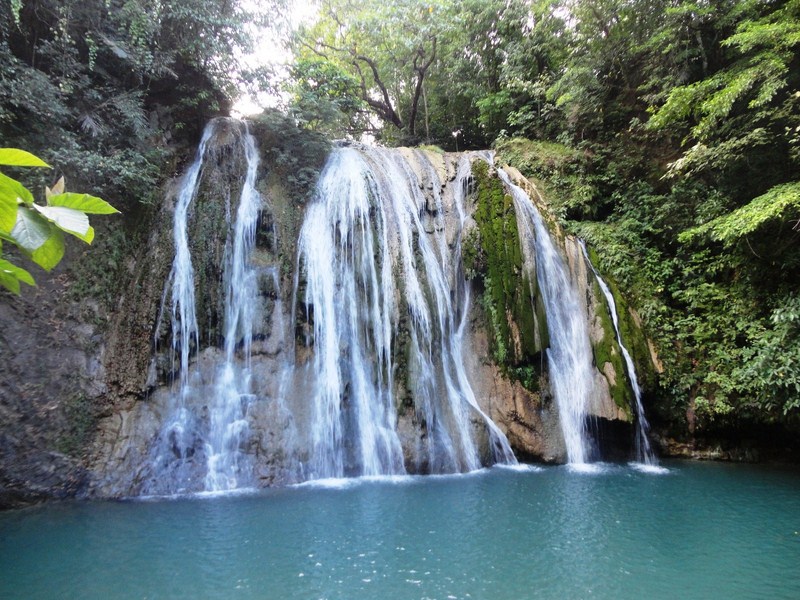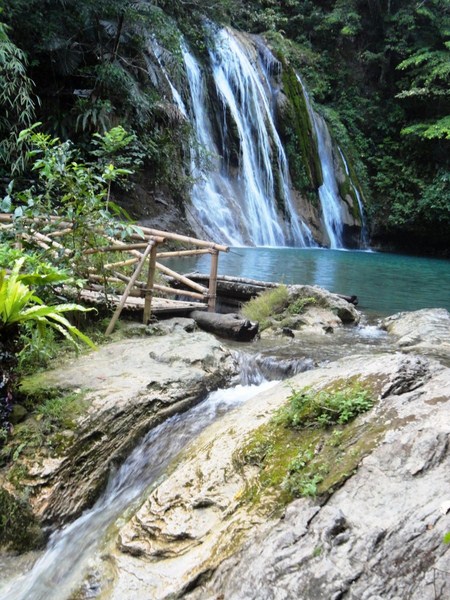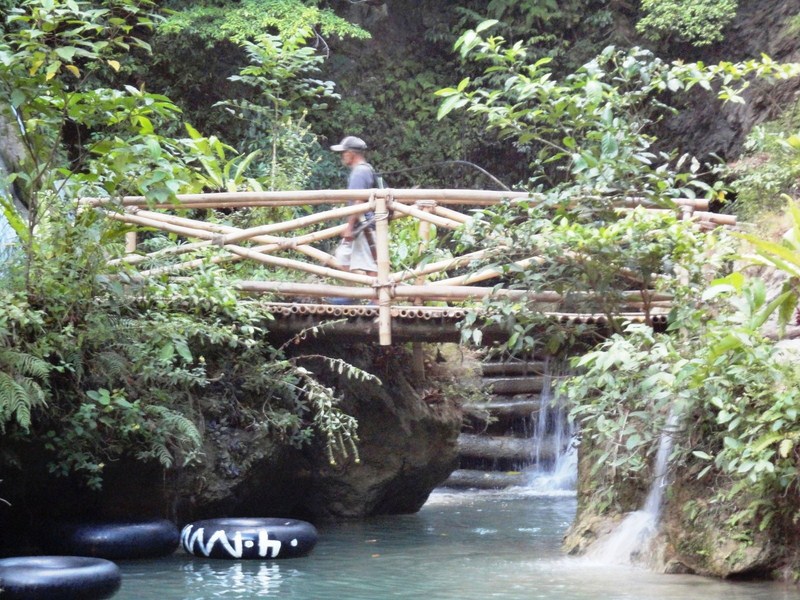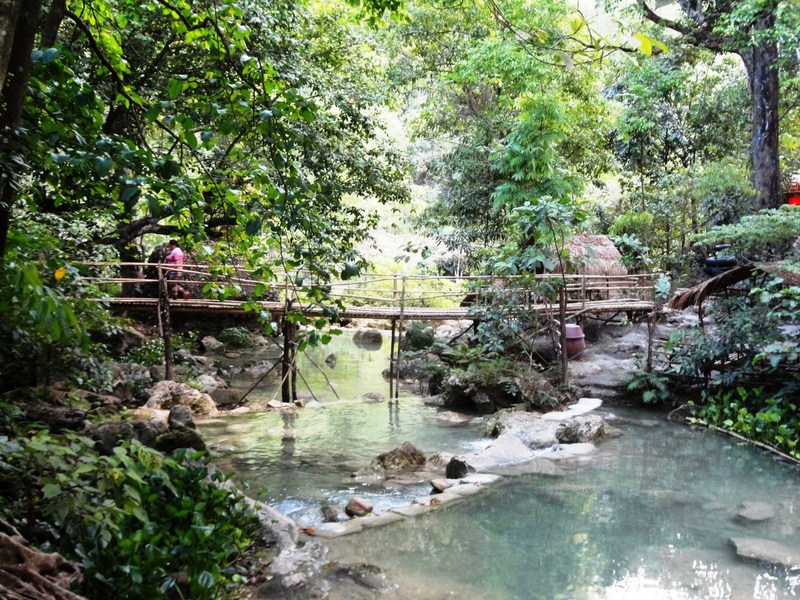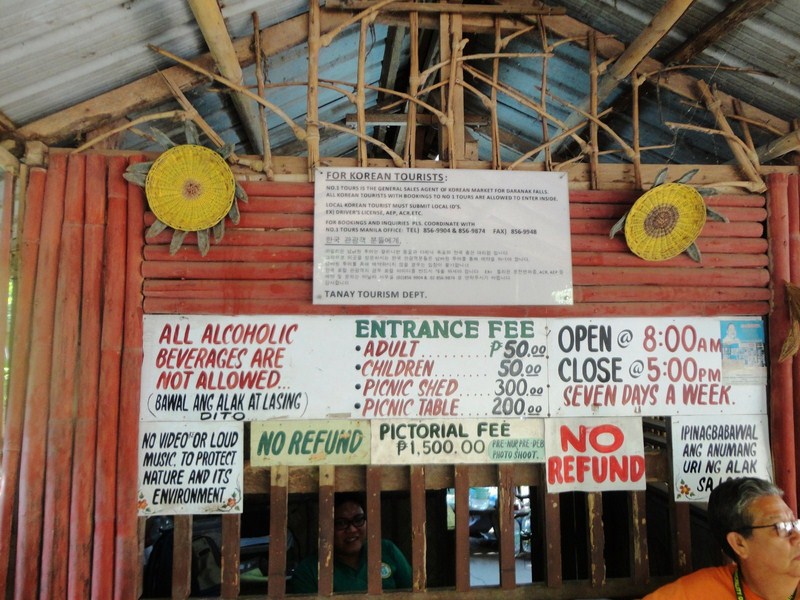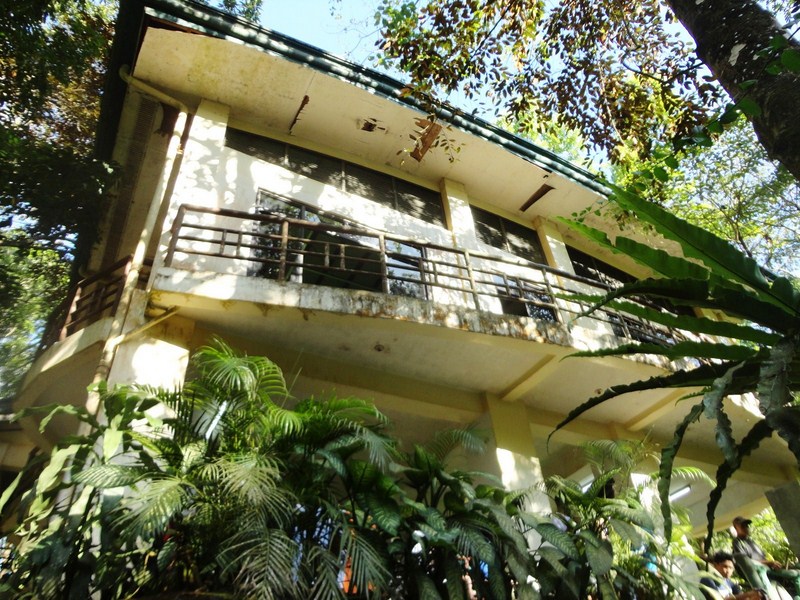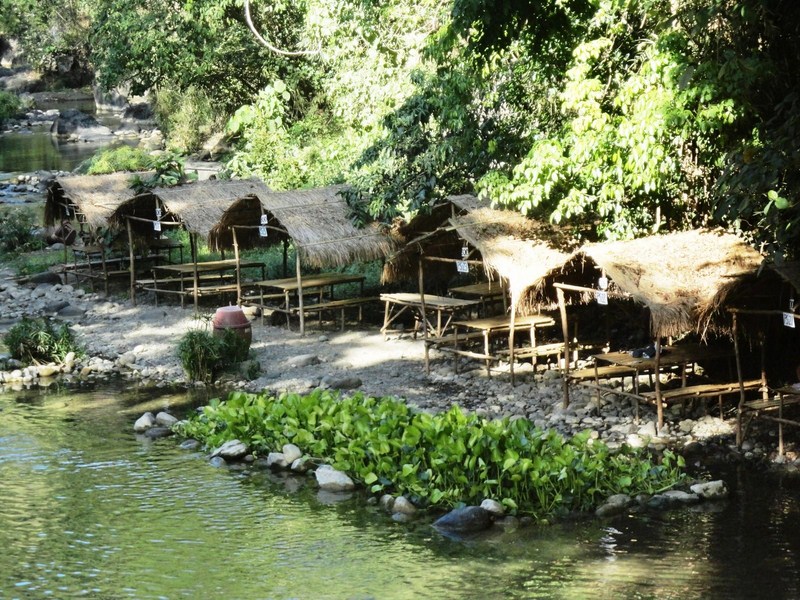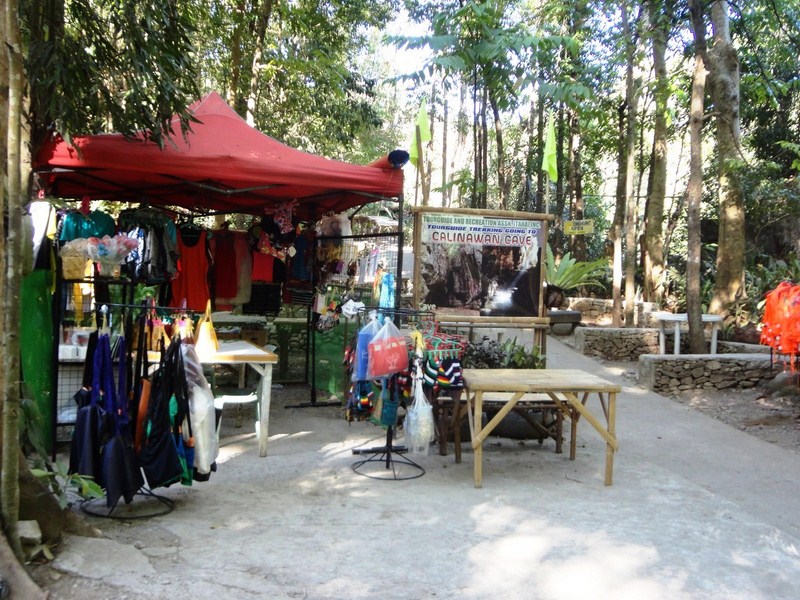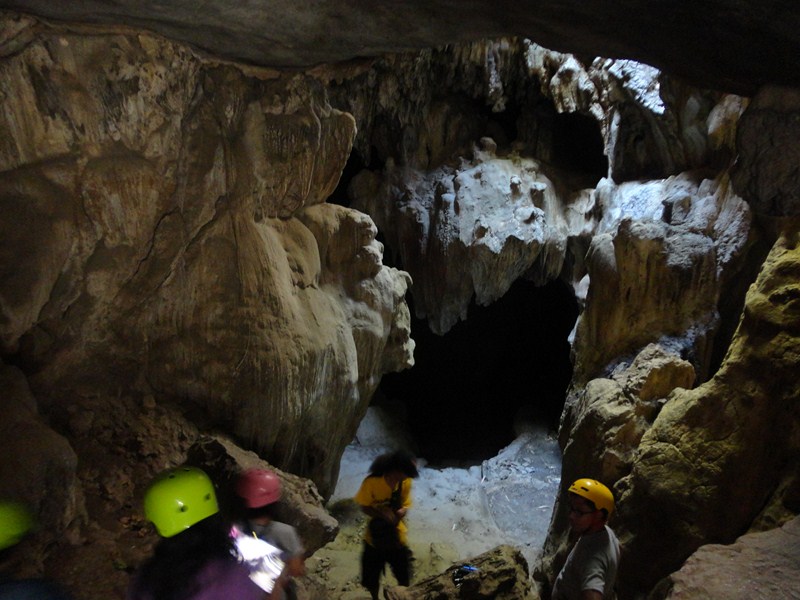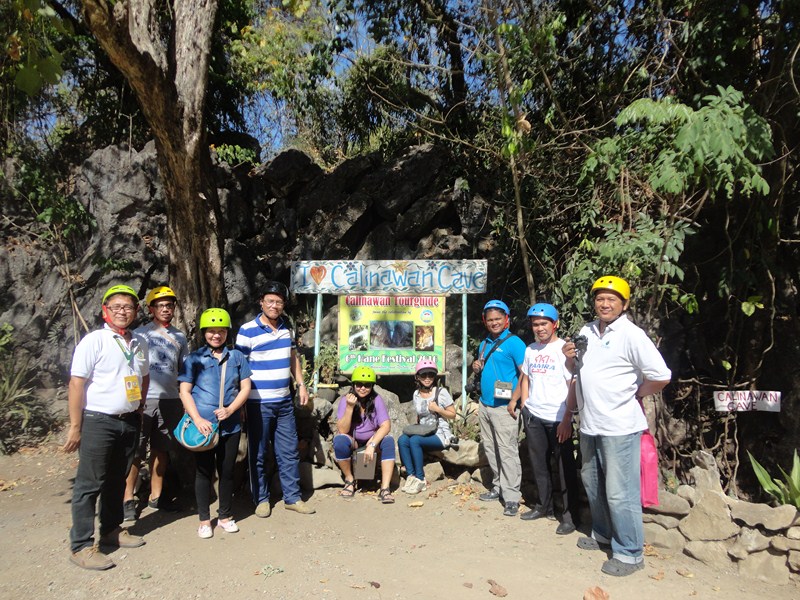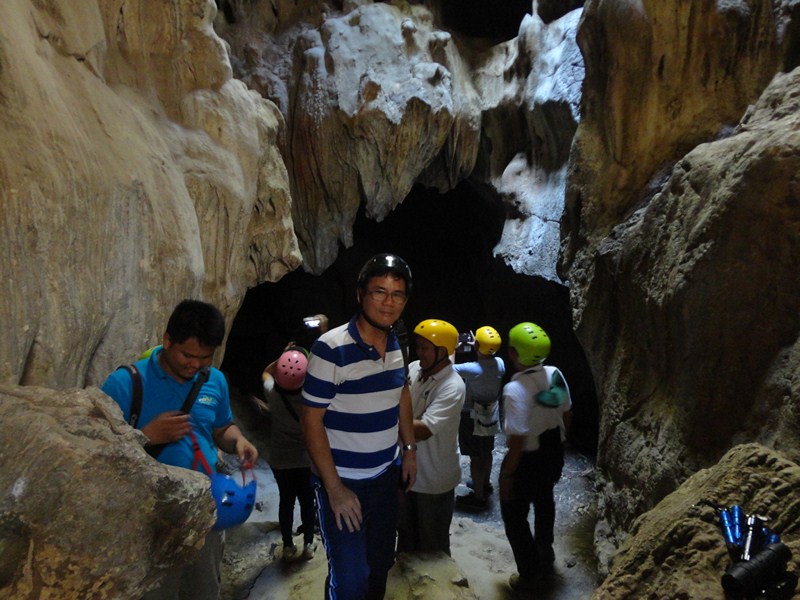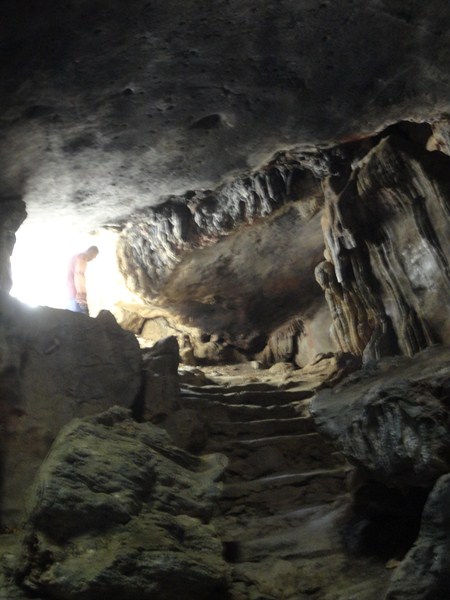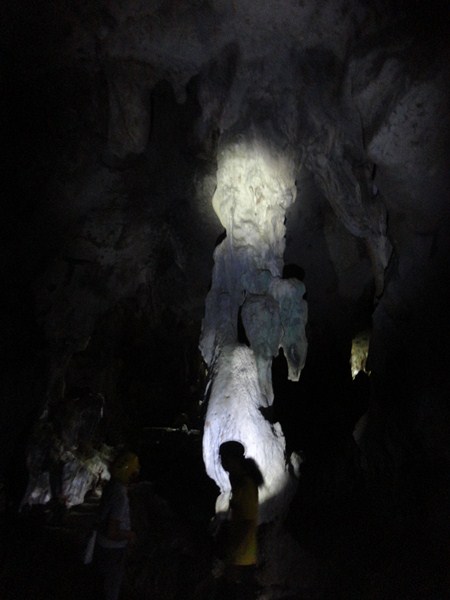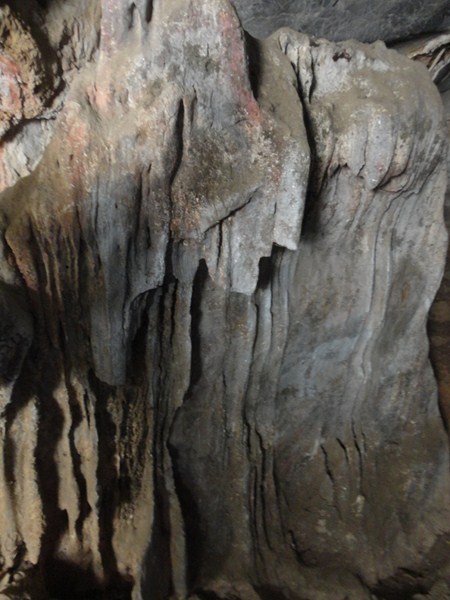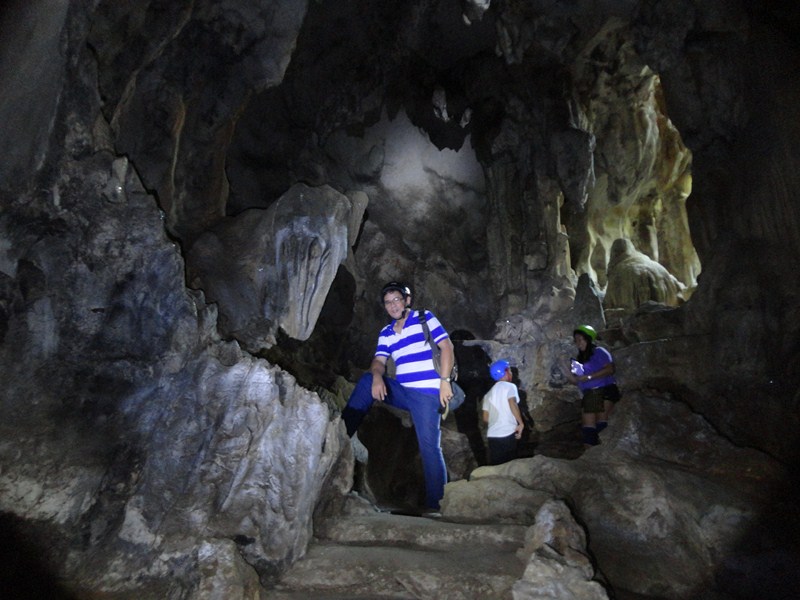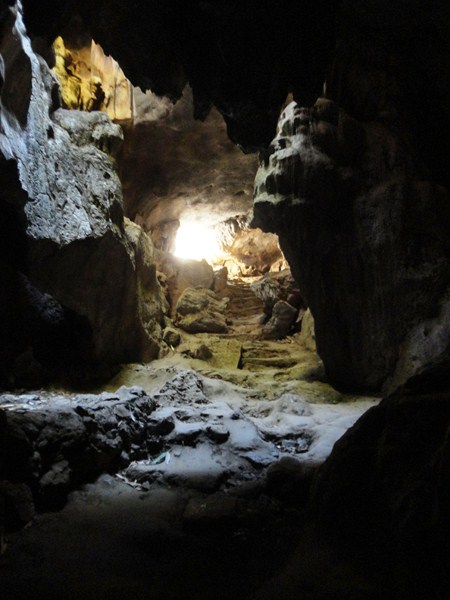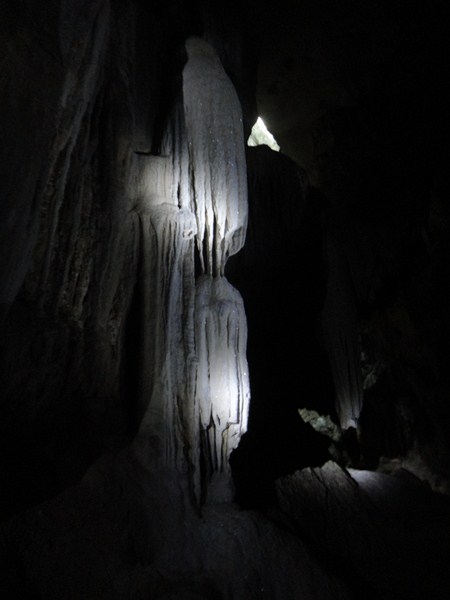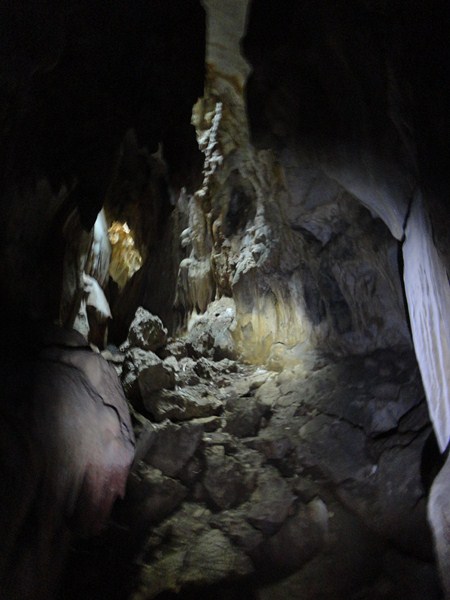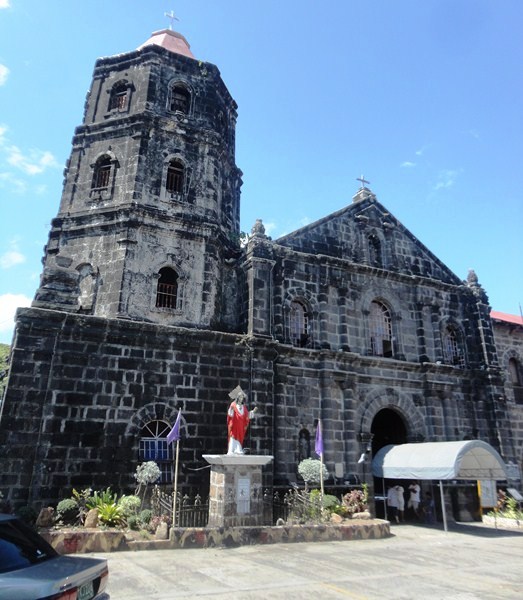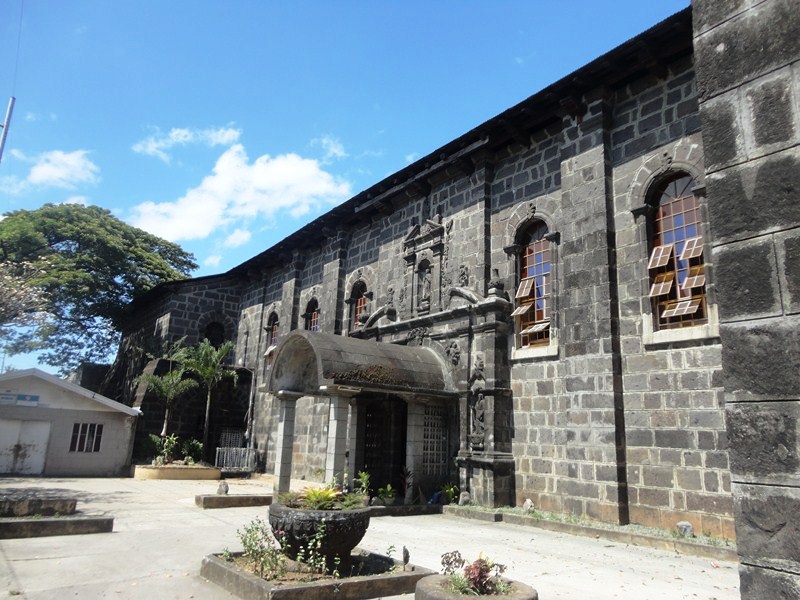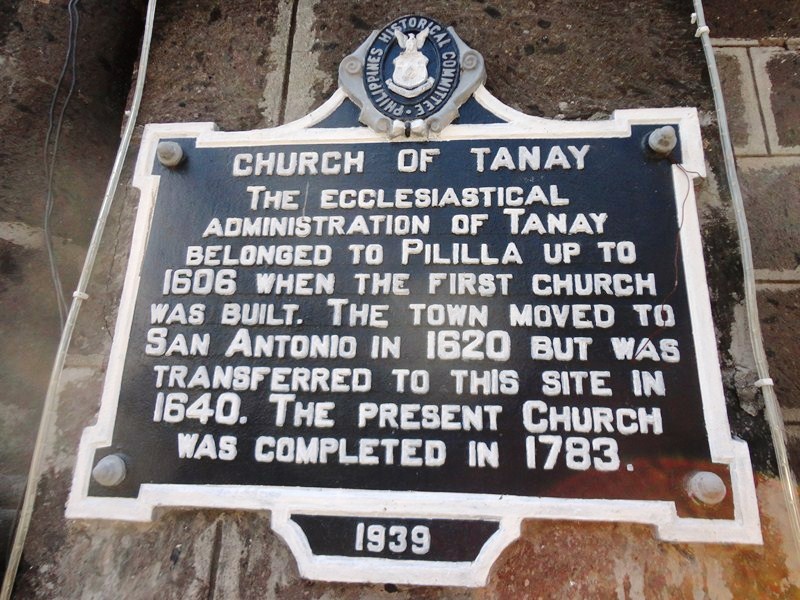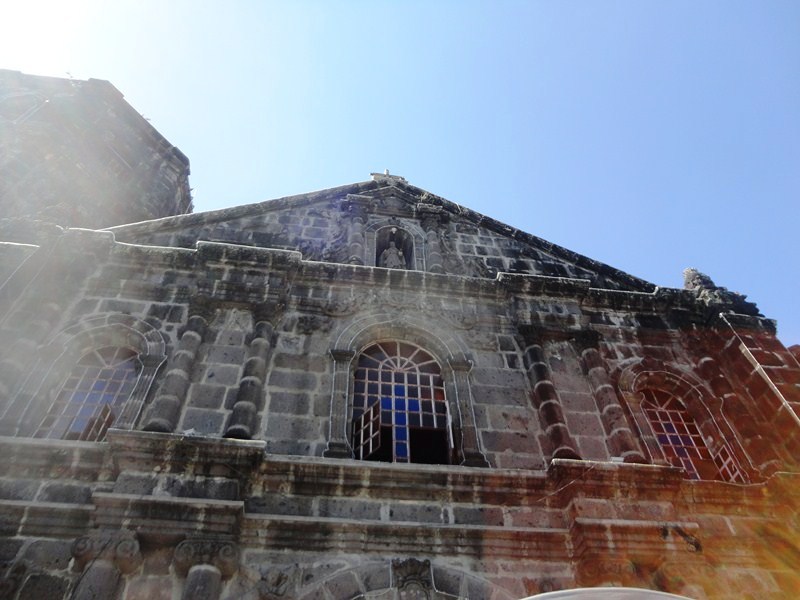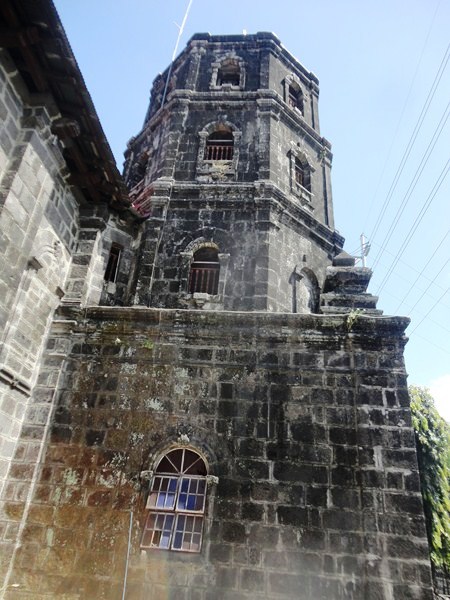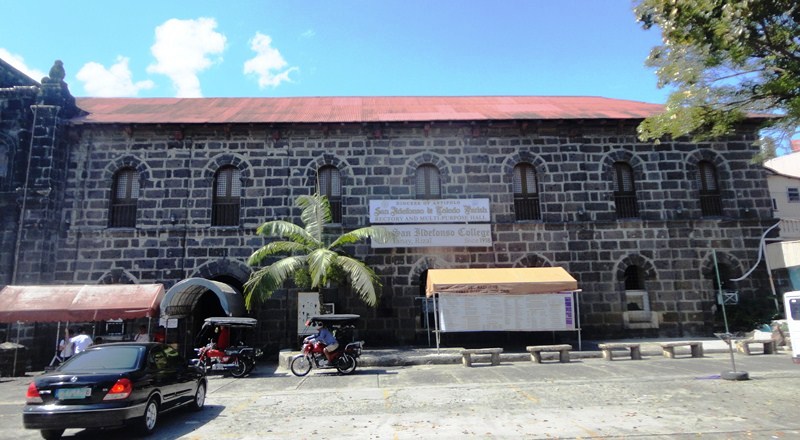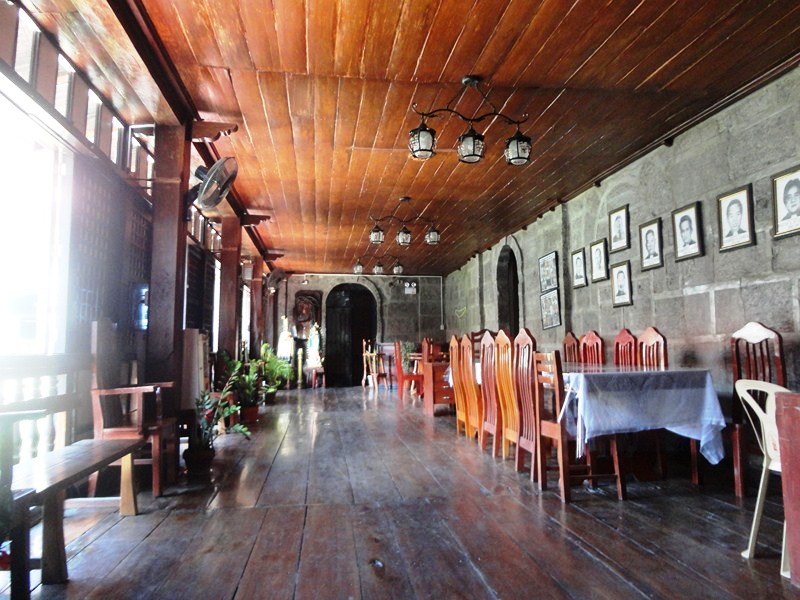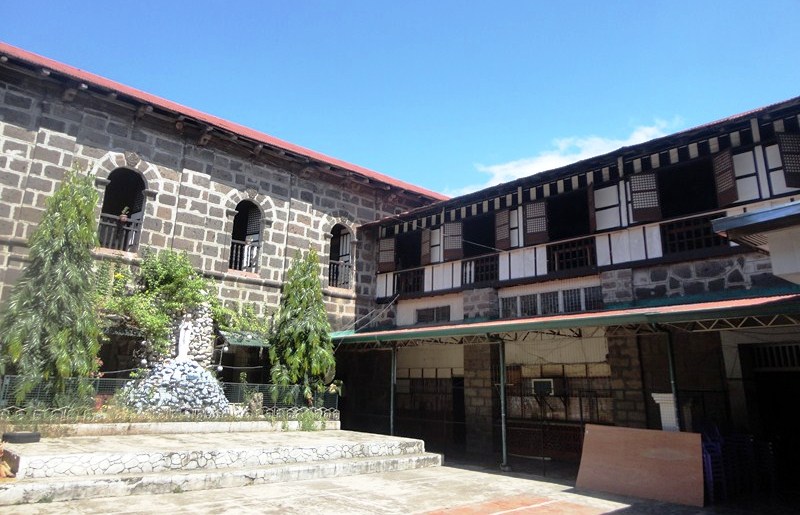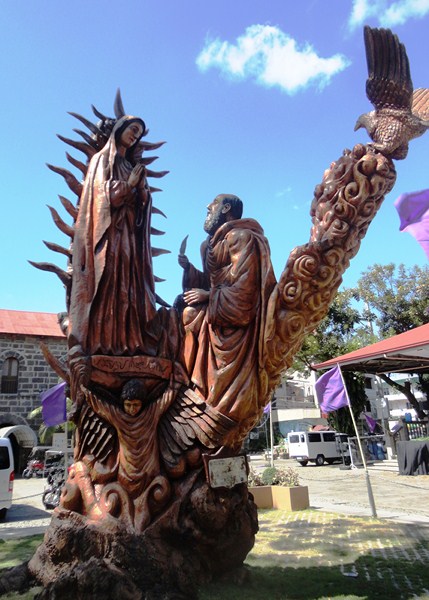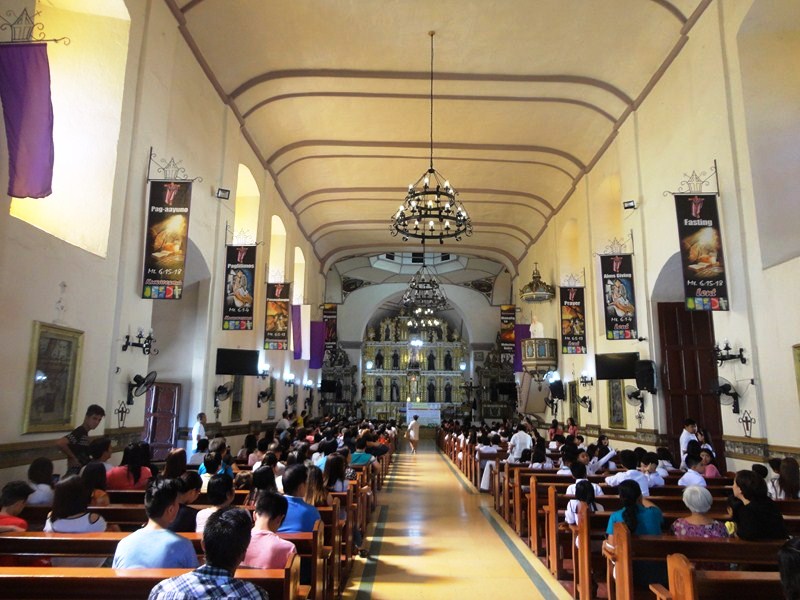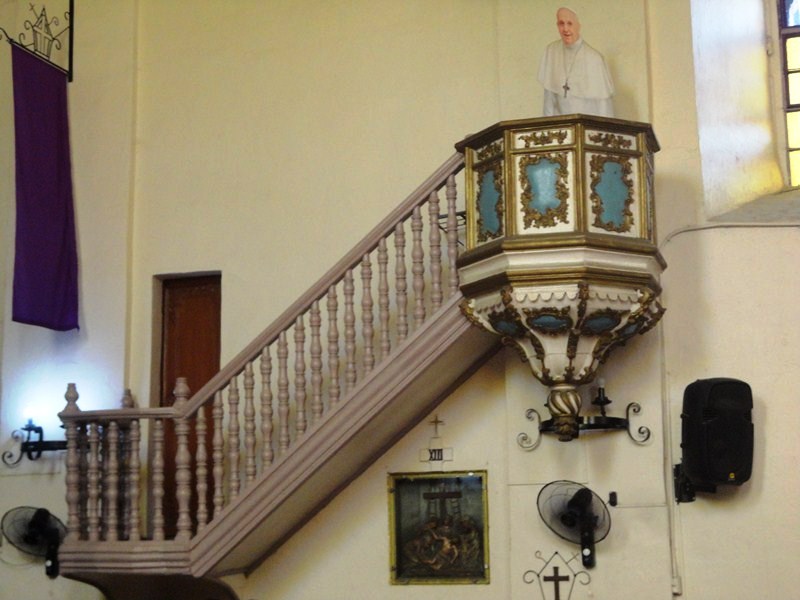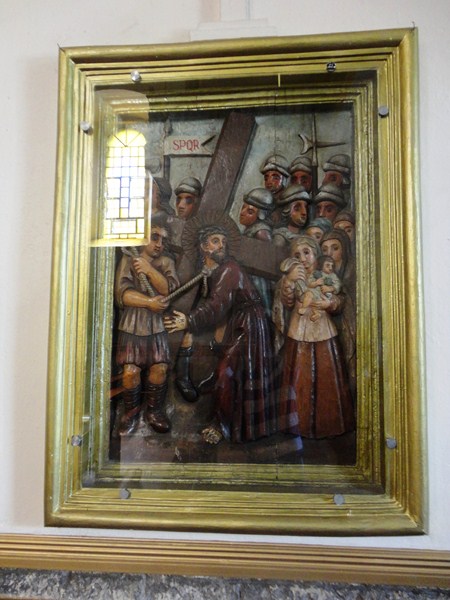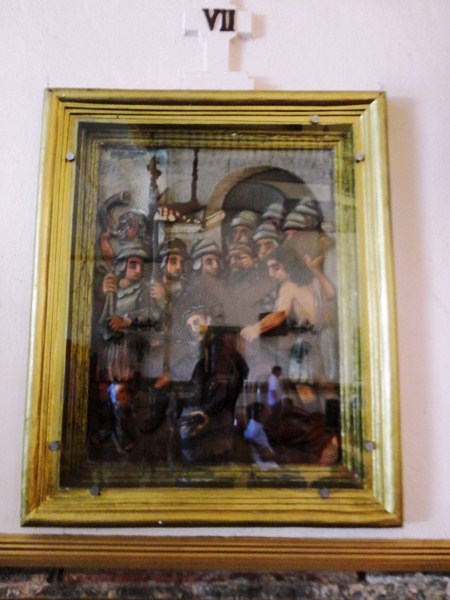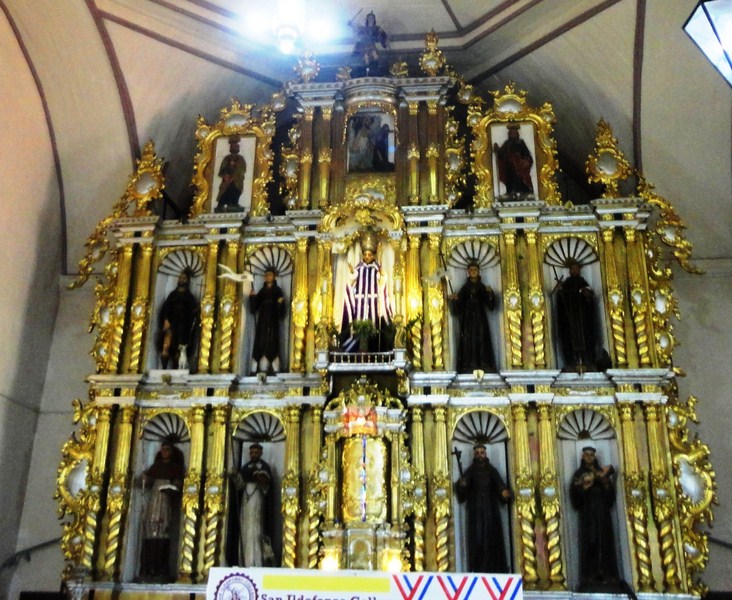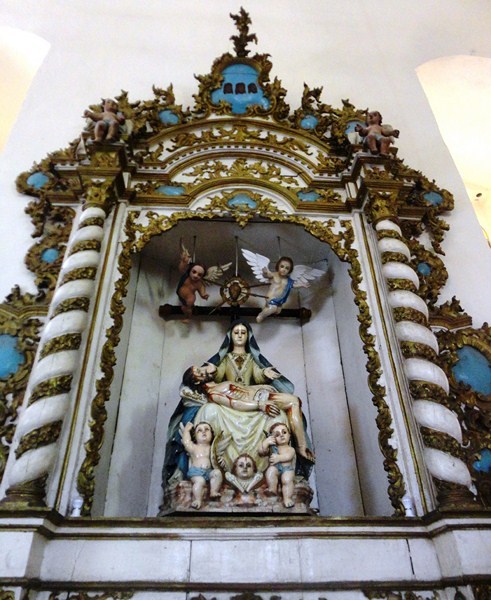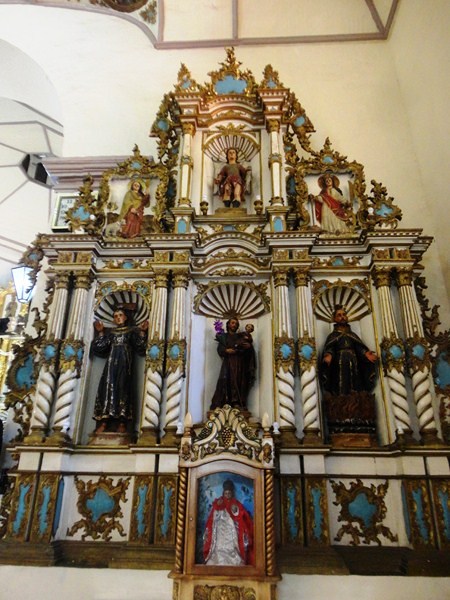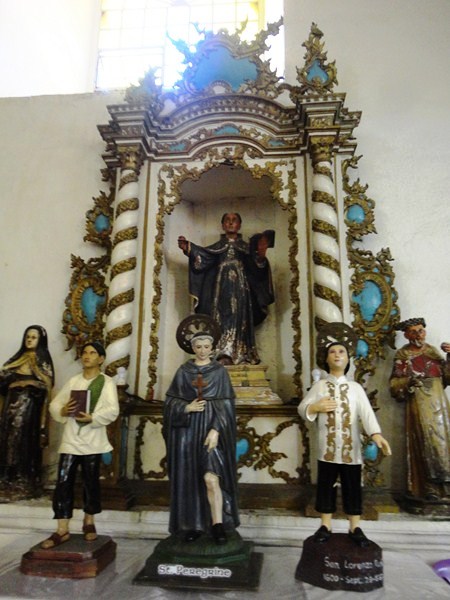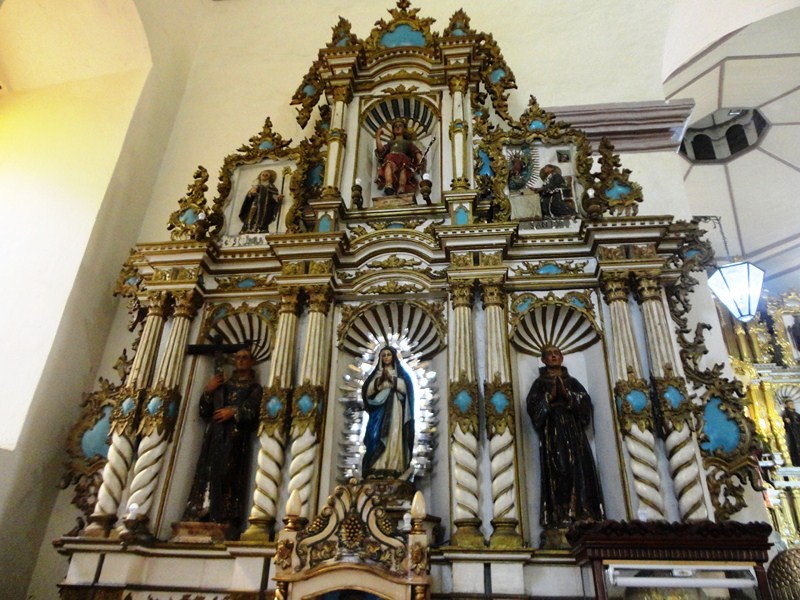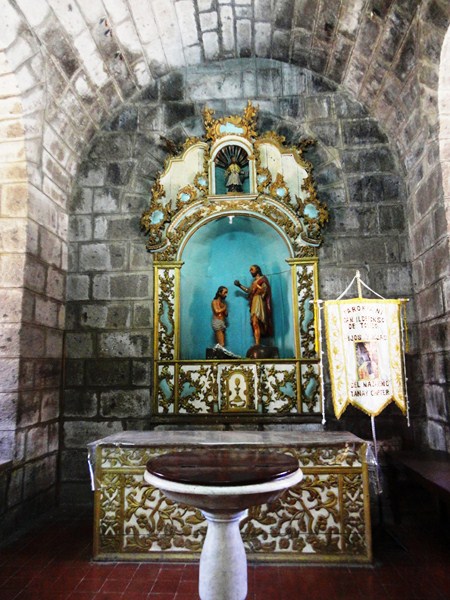The picturesque, 14-m. high Daranak Falls, one of the flagship destinations of Tanay, is a popular summer getaway for locals and tourists from in and out of the country.The falls and its surrounding area, part of the Laguna watershed, are now being managed by the Tanay local government. The word daranak is said to have been derived from the phrase “Dadanak ang dugo,” translated as “blood will be spilled.”
Hidden on the mountainside of Sierra Madre Range, it cascades down to a lushly-vegetated rock pool and into a running stream which skirts tangled roots of ancient trees and widening stone pathways called butlog. It is a bit of a hike down steep, 4-wheel drive roads to get to the place. A short walk over a hanging bridge brings you to the top of falls.
The stream itself flowed serenely through massive, ocher-colored rocks, creating pools of turquoise waters here and there before ending up in the 30-foot deep catch basin of the waterfalls. People sit under the waterfall for the best massage ever! Life guards, on both sides of the falls, are on duty when there are swimmers.
The refreshing but extremely cold water is bright turquoise during the dry season and deep green during the wet season. Despite its popularity, it is very clean and well maintained. Go early in the morning as it gets very crowded in the afternoon, especially during holidays and weekends.
There’s a small canteen at the entrance area where you can buy food, snacks, bottled water and soda. You can also bring your own cook food for a picnic lunch or buy fresh fish and meat to grill at Tanay Market (you can grill on their grilling area).You can also dine at several restaurants there and also ask them to cook food for you but it will all depend on what is available.
There are picnic tables (PhP200) and sheds (PhP300), all constructed in such a way as to blend with the surrounding environment, plus souvenir shops (key chains, ref magnets, t-shirts, etc.) and parking (a bit tricky) on both sides of the narrow street (PhP30 for the parking fee).
Rest rooms (PhP5 per visit)) are available near the entrance. Floaters (locally called salbabida) can be rented for kids (PhP30) and for adults (PhP50).
Daranak Falls: Daranak Road, Brgy. Tandang Kudyo, 1980 Tanay, Rizal. Open daily, 8 AM to 5 PM. Entrance Fee: PhP50, Children below 3 ft. are free of charge.
Additional Reminder: In compliance with Municipal Ordinance #2 Series of 2005, plastic and/or styropor are not permitted in Daranak Falls. Furthermore, alcoholic beverages and pets are not allowed. Overnight stay is not accommodated.
How to Get There: Daranak Falls is about 15 min. away from Tanay town proper. To get there, take an 8-km. jeepney ride to Brgy. Sampaloc and drop off at a turnoff for 2-km. hike along a dirt road to the falls.
A. From Starmall (EDSA cor. Shaw Blvd.) or EDSA Central/Crossing United
- Take an FX (PhP70) or jeepney (PhP53) for Tanay. Terminal in front of Starmall EDSA is near Shaw MRT Station while the EDSA Central/Crossing United terminal is near the Unilever/Mandaluyong Police Station).
B. From Santolan/Marikina
- Take an FX (PhP70) for Tanay at terminal near LRT Santolan Station.
C. From Ortigas Center
- From Robinson’s Galleria, ride a G-Liner bus going to Taytay. Alight at Cainta Junction (Big R as landmark) then ride a jeepney going to Tanay (Fare: PhP40-45).
D. From Araneta Center/Cubao
- Ride a jeepney going to Antipolo City (Fare: PhP32-35). Alight at Ynares Center and then ride an Antipolo toTanay jeepney (Fare: PhP28).
All buses and jeepneys drop off passengers at Tanay Public Market Transport Terminal. From here, proceed to Daranak Falls Tricycle Terminal (PATODA Riders). Fare is PhP200 one-way, maximum of 4 pax/tricycle.
Tanay Tourism Office: G/F, New Tanay Municipal Hall, M. H. del Pilar St., Tanay, Rizal 1980. Tel: (02) 7361059 and (02) 6551773 loc 212-213. Mobile number: (0998) 988-1590. E-mail: tanaytourism11@gmail.com. Website: www.tanay.gov.ph.

